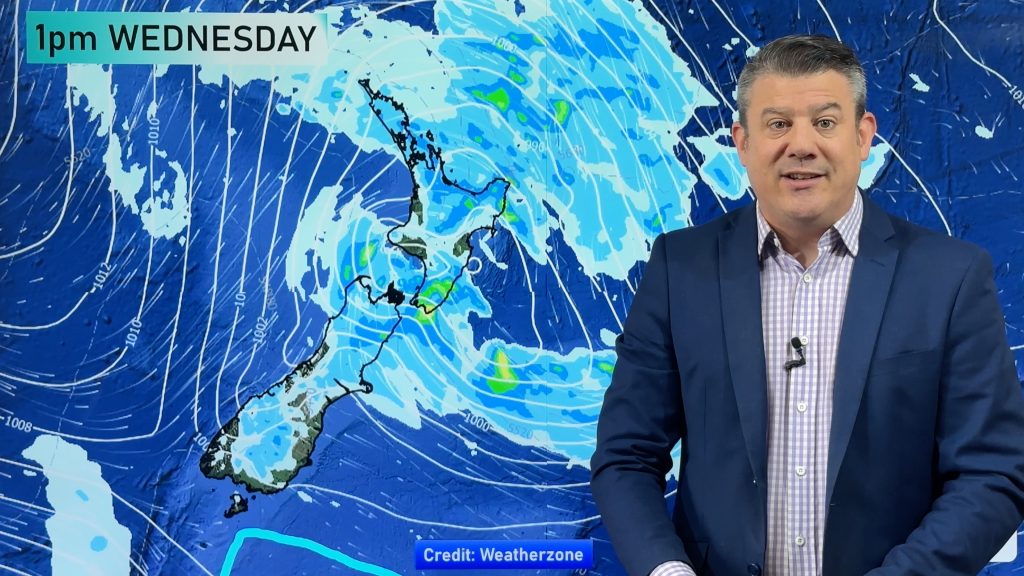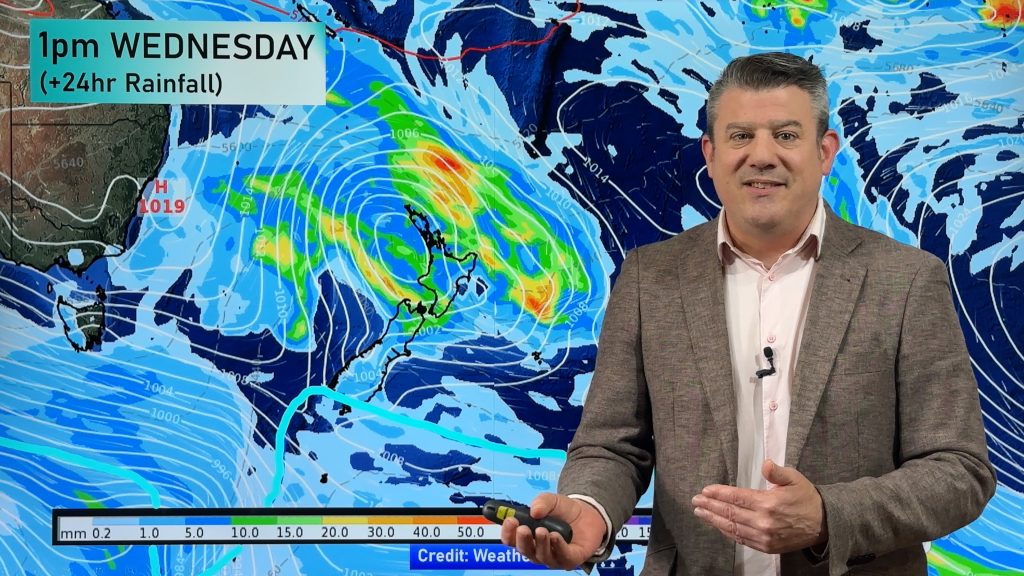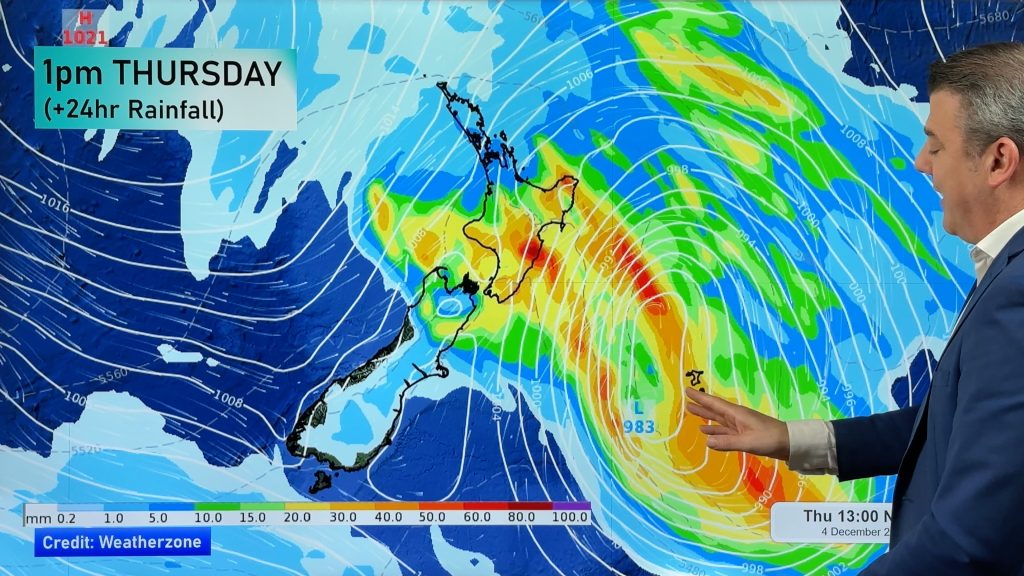
> From the WeatherWatch archives
La Nina has already brought us floods, cyclones and stifling humidity.
Now it is also being blamed for greater numbers of flies in our homes.
Not only are there more of them, they are harder to kill.
The warmer, wetter summer is behind the proliferation in Auckland of the common household fly, which thrives in these conditions.
Entomologist and “Bugman” Ruud Kleinpaste said high temperatures in December meant adult flies hatched earlier, and in greater numbers.
“We’ve had a brilliant lead-in to summer so they’ve had a head start. This weather keeps flies alive nicely. As long as they’ve got enough moisture and compost around, they’ll breed like, well, flies.”
Entomologists said it was impossible to measure increases and decreases of fly populations, but as a general rule hotter and more humid weather generated more of them.
Insects cannot heat themselves, so they depend on warmer conditions to breed. Higher temperatures mean flies develop faster, and produce more generations. But if weather gets too hot, food sources for maggots (fly larvae) will dry up.
The increased moisture during La Nina means more rotting matter, which is an important food source and a key ingredient in breeding.
Nigel Stevenson, the founder of pest-control company Fumetech, said this summer and last summer were the firm’s busiest yet for flies – about half its callouts were for fly extermination.
He noticed that when temperatures climbed above 27C, fly-related inquiries rapidly increased.
Pest controllers are also concerned that flies are becoming harder to kill. Mr Stevenson said the active ingredient in Fumetech’s fly poison, pyrethrum, was no longer used in warmer countries.
“They’ve given up on pyrethrum in Australia because once you’re above 30C the fly’s metabolism speeds up, and the flies pass the product out quicker than what can actually kill them.”
Landcare Research entomologist Trevor Crosby said anecdotal evidence suggested regular spraying could cause insects to build up resistance, but there was no published literature on the subject.
“As with any pesticide use, there is a possibility that [constant spraying] will speed up the likelihood of any resistance.”
Mr Kleinpaste stressed that flyspray was only one of many deterrents. People could keep flies out of their homes by cutting off their food source.
“They are attracted to houses because we are naturally a very rubbishy animal … They also like us because of our sweaty hands, which contains an acid which they need.”
He also pointed out that flies sought shelter on the windless side of the house. “When you have a back door that is sheltered, they’ll hang around there, they love it. If you’re clever, you’ll open your windows on the windy side of the house.”
ANTI-FLY TIPS
Preventing flies in the home:
- Cover compost.
- Open windows on windy side of house only.
- Clean up animal droppings.
- Put screens on windows and doors.
By Isaac Davison
– NZHerald
– Homepage Image / Kerry Payne
Comments
Before you add a new comment, take note this story was published on 29 Jan 2011.





Add new comment